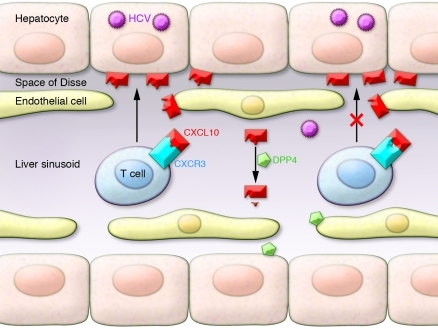Figure 1. Model of chemokine antagonism in the HCV-infected liver.
CXCL10 produced in the infected liver recruits T cells from the blood to the infected hepatocyte via the liver sinusoid and the space of Disse (left). When processed by DPP4, CXCL10 becomes an antagonist of T cell recruitment (right). In this issue of the JCI, Casrouge and colleagues have shown that levels of this shortened antagonist form of CXCL10 are increased in many patients who fail to clear HCV (4), suggesting a role for chemokine antagonism in an ineffective anti-HCV response.

